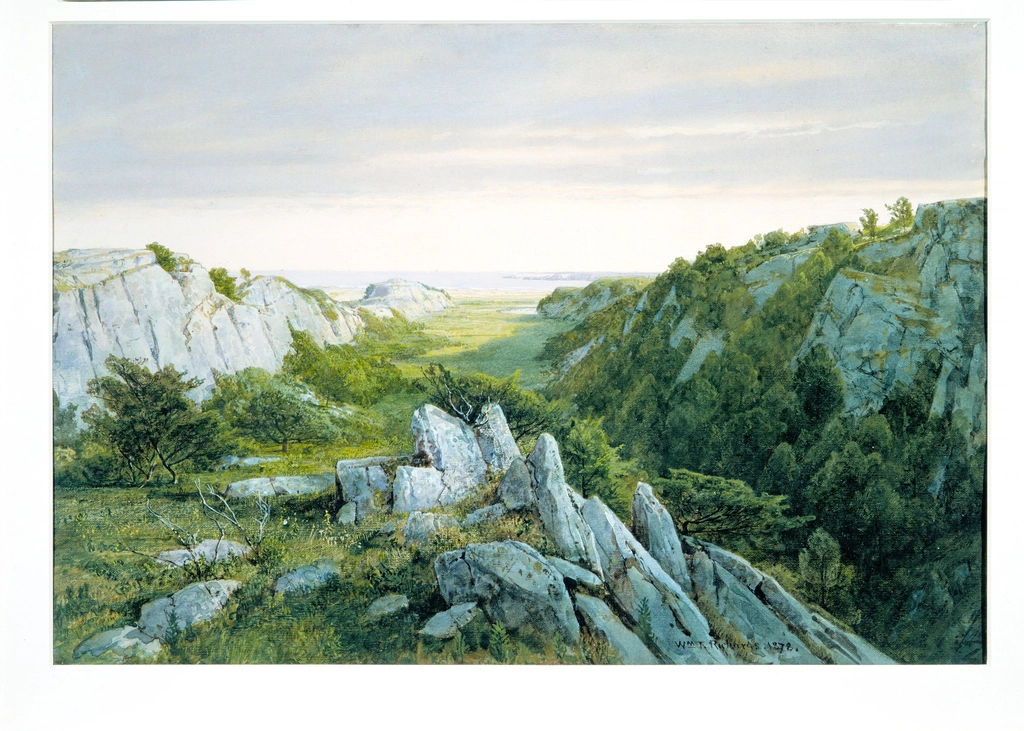Estimated reading time: 6 minutes
Introduction to The Met’s Public Domain Art Collection
The Metropolitan Museum of Art (The Met) stands as a beacon of artistic excellence, spanning over 5,000 years of human creativity. Among its vast collection, the Open Access Initiative has unlocked a treasure trove of public-domain artworks, allowing enthusiasts, researchers, and creators to explore, appreciate, and reimagine these masterpieces. In this comprehensive blog post, we delve into the heart of The Met’s public domain collection, examining its significance, statistics, and the stories behind iconic pieces.

I. The Open Access Initiative
A. What Is Open Access?
Imagine a grand museum where the velvet ropes are lifted, and the doors swing wide open. That’s precisely what The Met’s Open Access Initiative achieves. Launched in February 2017, it’s like an artistic emancipation—a global passport granting you access to over 492,000 high-resolution images of public-domain artworks. 🌎🖼️
- Access: These treasures are no longer locked away in dimly lit galleries. They’re yours to explore, admire, and lose yourself in.
- Use: The magic doesn’t stop there. These images come with a Creative Commons Zero (CC0) license, which means you can remix, share, and even sprinkle your own creative stardust on them. No restrictions, just pure artistic freedom. 🌟
B. The Collection
- Size: Picture approximately 200,000 artworks spanning cultures, styles, and epochs—from the enigmatic sands of ancient Egypt to the vibrant strokes of contemporary art. Each piece whispers stories across time and space.
- Mediums: Here, you’ll find more than just paintings. Sculptures beckon, textiles weave tales, photographs capture fleeting moments, and manuscripts guard secrets. Every stroke, every chisel mark, every thread—it’s all part of humanity’s grand narrative. 📜🎨
II. Unveiling the Data
A. Tombstone Information
Beyond the visual feast, The Met serves up essential data for each artwork:
- Title:
- The artwork’s name resonates like a poetic echo across centuries. It encapsulates its essence, evoking emotions and curiosity.
- Whether it’s “Starry Night” by Van Gogh or “Mona Lisa” by da Vinci, titles weave stories that transcend time.
- Maker:
- The artist or creator—the conjurer of dreams. Their hands shape visions into reality, infusing art with their unique perspective.
- From Michelangelo’s chisel strokes to Frida Kahlo’s brushwork, artists channel their souls into their creations.
- Date:
- When did the piece dance into existence? Each artwork carries a timestamp in eternity—a moment frozen in artistic expression.
- Imagine the Renaissance masterpieces emerging from canvas, or ancient sculptures sculpted by unknown hands.
- Culture:
- Context matters. Art whispers the secrets of civilizations long gone—their beliefs, struggles, and triumphs.
- A Greek amphora tells tales of gods and heroes, while a Chinese scroll reveals dynasties and philosophies.
- Medium:
- The alchemy of creation lies in the materials chosen. Oil on canvas, marble, clay, pixels—the medium shapes the message.
- A delicate watercolor captures fragility, while a steel sculpture exudes strength.
- Dimensions:
- Art knows no bounds. Whether a miniature gem or a colossal mural, dimensions transcend physical constraints.
- A tiny haiku and an epic novel both find their place in the vast gallery of human expression.
Estimated reading time: 6 minutes
B. GitHub Repository
Hidden in the digital catacombs, The Met’s GitHub repository awaits. Researchers, developers, and art aficionados gather here like archeologists with cyber brushes. They sift through data, unravel connections, and decode art’s cryptic language. It’s a treasure trove for those who seek to understand the pulse of history, the rhythm of trends, and the heartbeat of creativity. 🕵️♂️💻
III. Usage and Impact
A. Global Engagement
- Views: Over four years, these Open Access images have danced across screens—1.2 billion times! Imagine pixels pirouetting, revealing glimpses of beauty to eyes around the world.
- Downloads: Seven million downloads—a symphony of curiosity, inspiration, and education. These images fuel creativity like cosmic sparks igniting minds. 🌟
B. Creative Reimaginings
- Educators:
- Teachers often incorporate artworks from institutions like the Metropolitan Museum of Art (the Met) into their lesson plans. By doing so, they expose students to diverse artistic styles, historical contexts, and creative techniques.
- Imagine a classroom where students analyze brushstrokes, study color palettes, and explore the stories behind famous paintings. Art becomes a powerful tool for fostering critical thinking, empathy, and cultural awareness.
- Designers:
- Graphic designers, fashionistas, and advertising professionals draw inspiration from art. They recognize that visual aesthetics play a crucial role in capturing attention and conveying messages.
- Artworks featured in the Met might inspire a designer’s next billboard campaign, a book cover design, or even an Instagram post. The fusion of art and design transforms these platforms into vibrant canvases.
- Researchers:
- Scholars and researchers find treasures within the Met’s vast collection. They dissect trends, decode symbolism, and map cultural shifts across time and geography.
- Artifacts housed in museums act as time machines, bridging the gap between past and present. Whether studying ancient pottery, Renaissance masterpieces, or contemporary installations, researchers gain insights into humanity’s evolution.
IV. Navigating the Collection
- Explore Online:
- Imagine strolling through a virtual gallery, where each click transports you to a masterpiece. The Met’s Online Collection is your gateway to art spanning centuries and cultures.
- Click that “Open Access” filter—it’s like finding a hidden passage. Suddenly, the virtual walls come alive with paintings, sculptures, and artifacts. Look for the “OA” icon—it’s your golden ticket to freely explore and appreciate art from the comfort of your screen.
- Curate Your Gallery:
- Picture yourself as a curator, assembling your own gallery. The walls adorned with your favorites—each artwork a brushstroke of personal expression.
- Maybe you’ll curate a collection of serene landscapes, bold abstracts, or intricate ceramics. With every selection, you shape your virtual sanctuary, reflecting your taste and emotions.
- Share and Inspire:
- These artworks aren’t mere pixels—they carry stories, emotions, and magic. Don’t let them gather digital dust!
- Incorporate them into your projects, presentations, or sprinkle them across social media. Share the beauty, spark conversations, and inspire others. 🌟✨
Conclusion
As you journey through pixels and pixels become poetry, remember: These images belong to all of us. They’re whispers from the past, echoes of the present, and seeds for the future. Culture, creativity, and shared knowledge—they’re our universal currency. So go forth, fellow art explorer, and weave your own masterpiece. 🌏🎨🔮
Learn more1metmuseum.org 2metmuseum.org 3cloud.google.com
